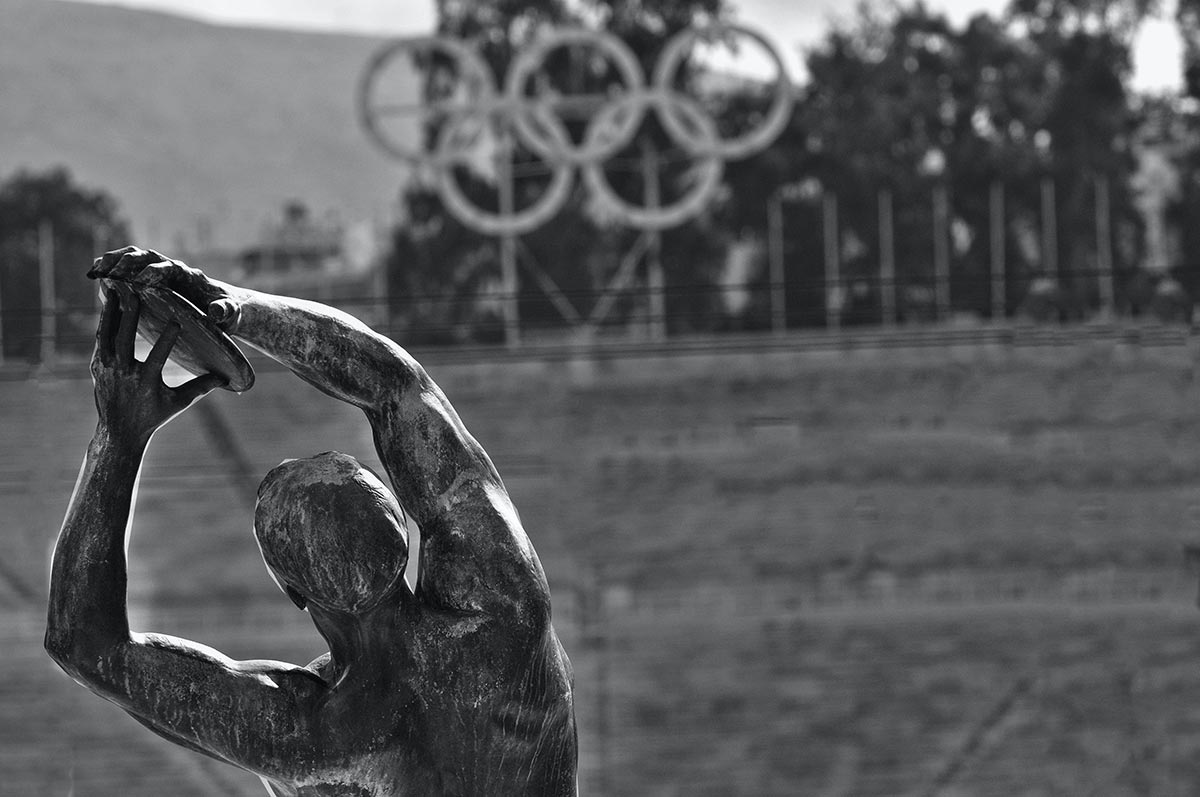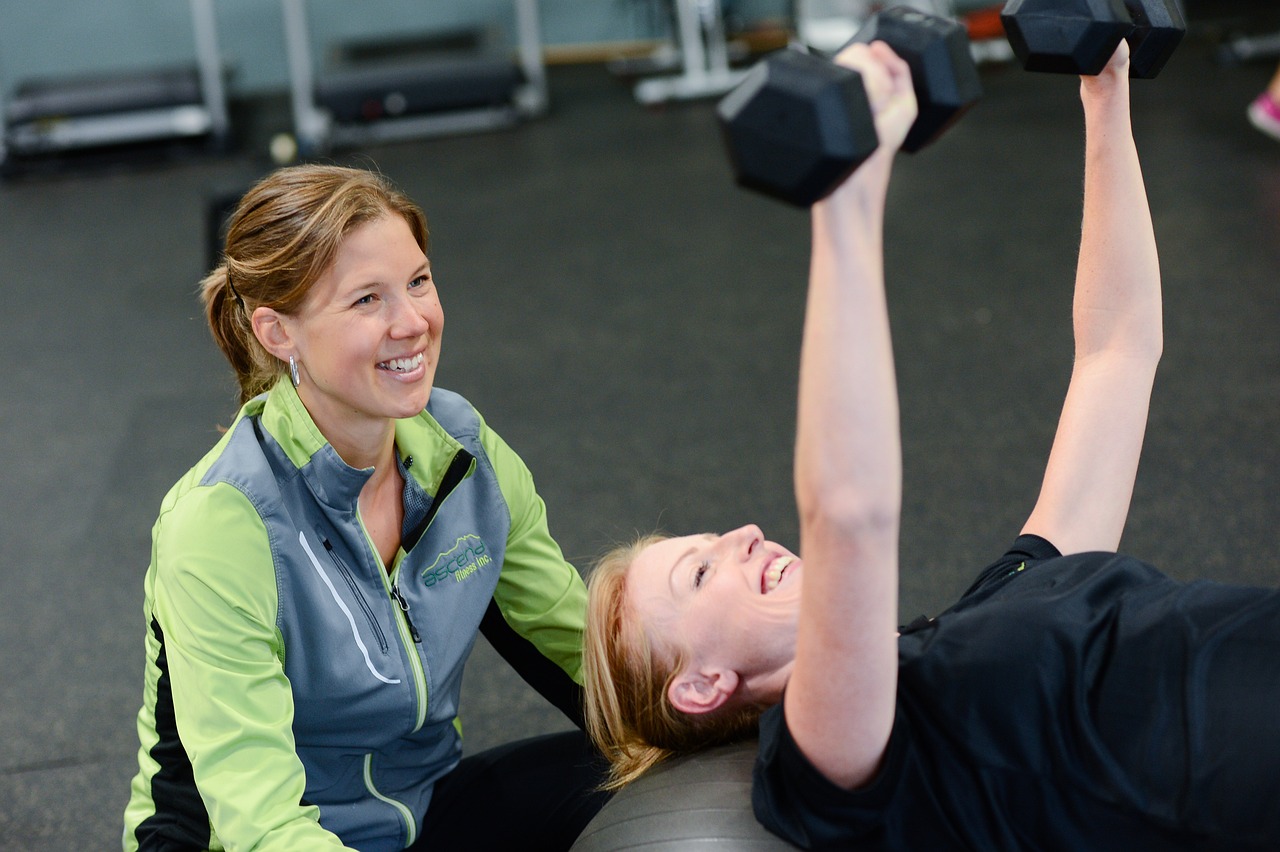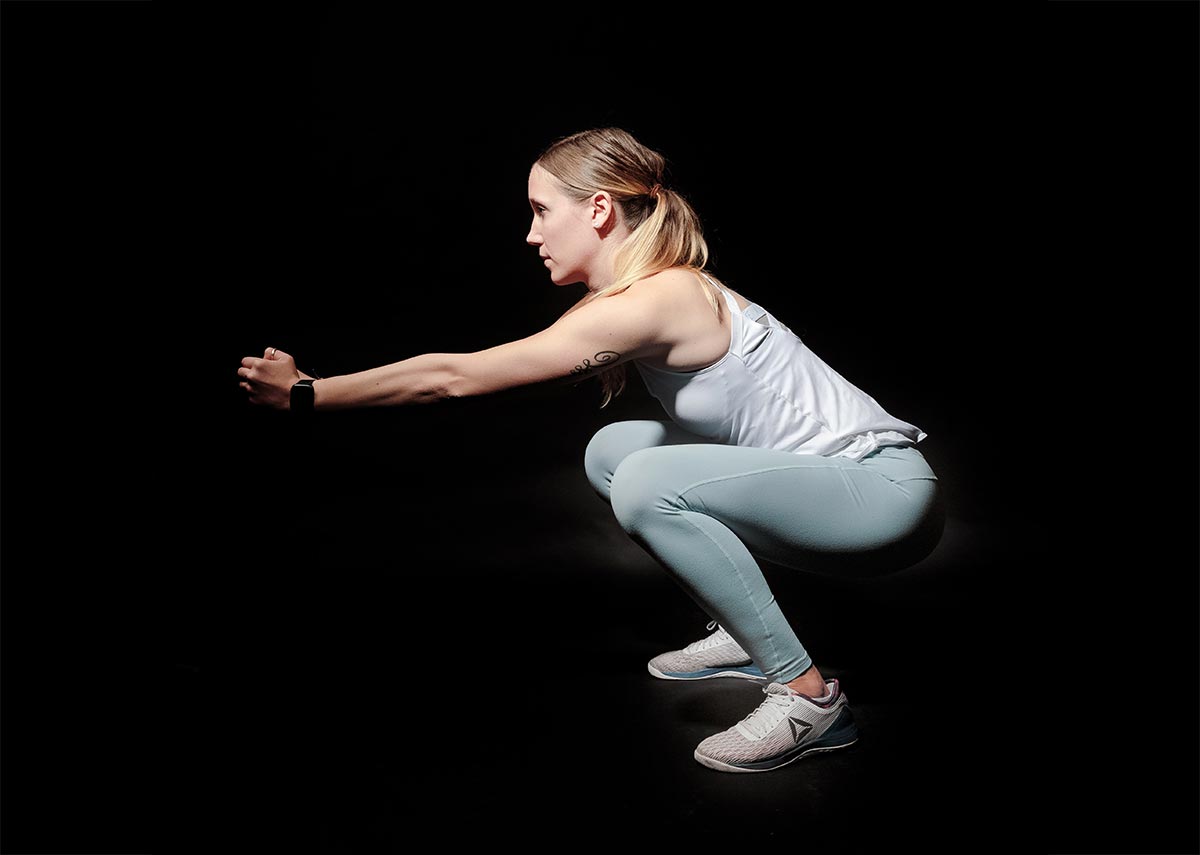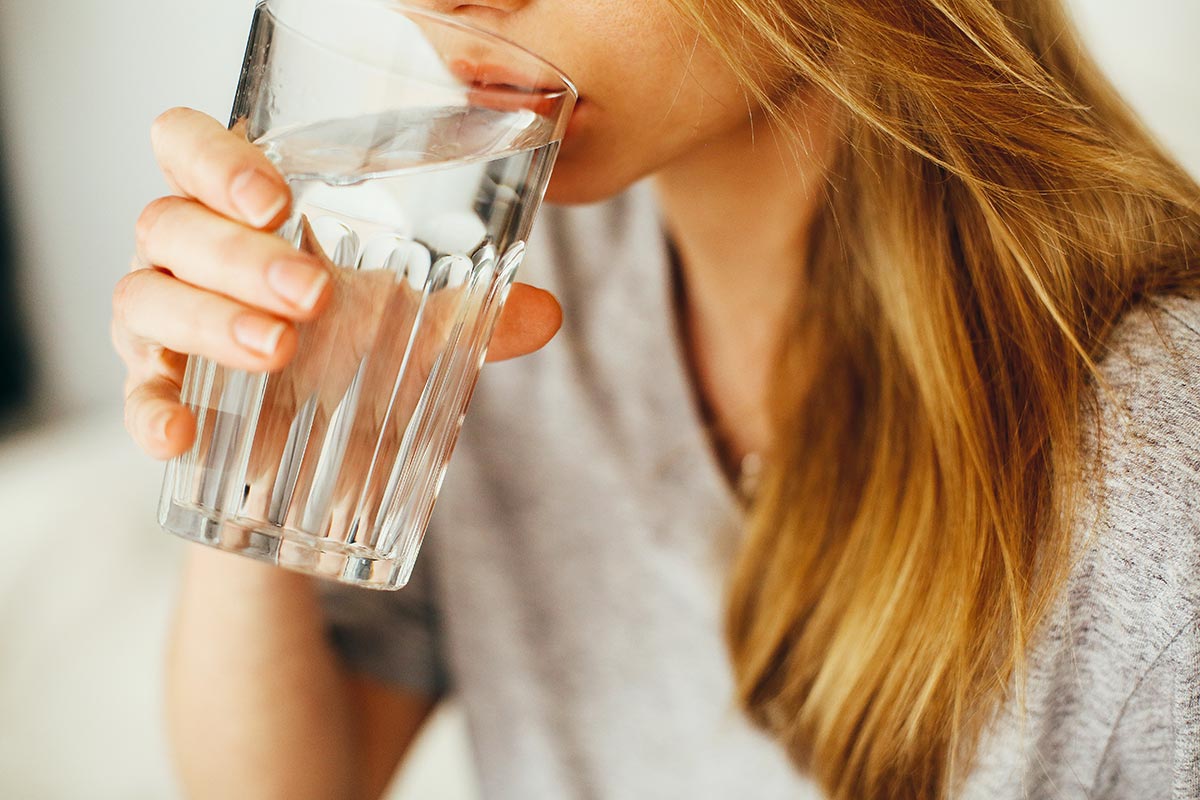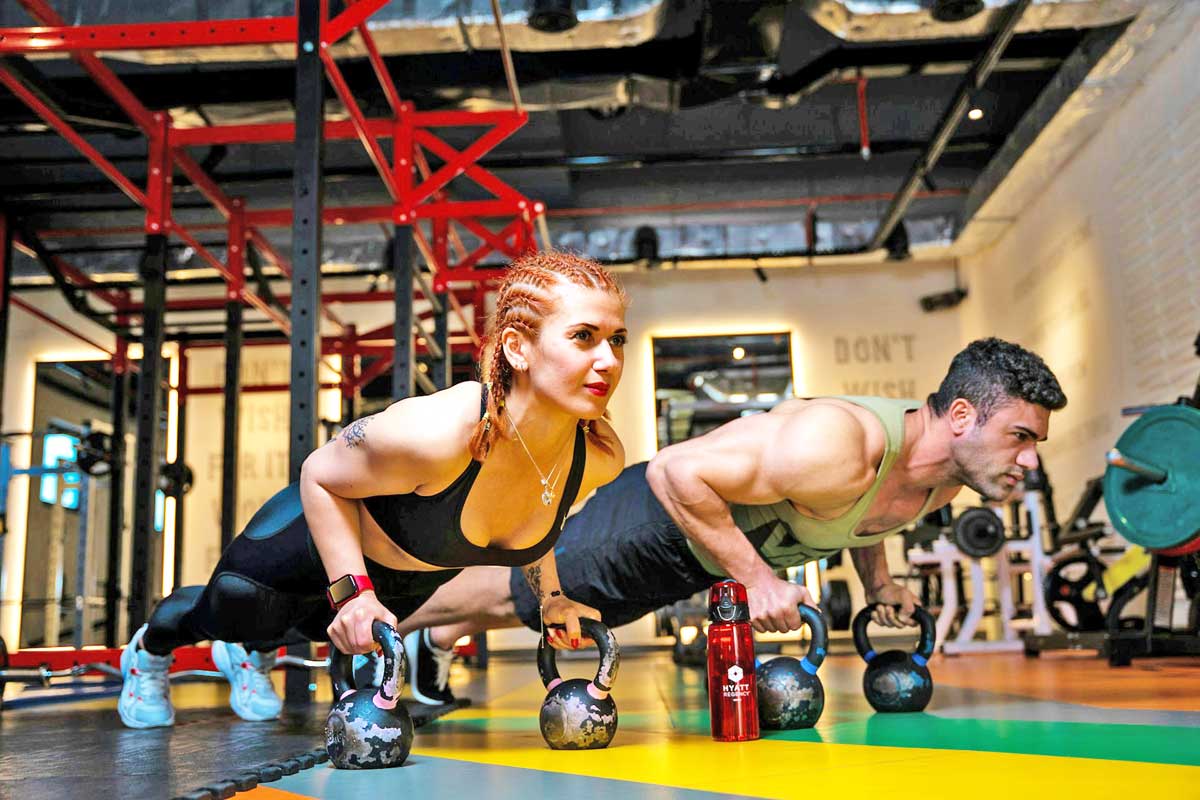The best athletes have the unhealthiest diets, or so the rumor goes. In truth, the best athletes are blessed with great genetics, and tend to eat whenever and whatever they want. But, in looking at an Olympic athlete's diet, one can't help but wonder what kind of food choices do they really make?
Depending on the Olympic sport, Olympic athletes differ in nutritional choices. An Olympic gymnast is not going to have the same diet plan as an Olympic swimmer, and vice versa. For example, Shannon Miller, the most recognizable retired gymnast in US history, and winner of 7 medals, said she didn't have any foods that were off limits during her training. She would typically eat two waffles for breakfast, and even get pizza and fast food occasionally throughout the week.
Nancy Clark, a dietitian from Boston Massachusetts, refers to a typical gymnasts diet as follows: cereal, milk, and a banana for breakfast; a sandwich and soup for lunch; snacks consisting of trail mix and energy bars; as well as chicken, rice, and vegetables for dinner. A weight lifters diet would be very similar to this, although much larger quantities, and more protein. So for breakfast a weight lifter would add on some eggs and yogurt.
Long distance runners have the need for high caloric intakes. Dietitian Tara Gidus (for the Orlando Magic NBA team) recommends high amounts of liquid for runners including: smoothies, sweetened juices and fruit juices. As for snack foods: nuts, or nut butters for energy boosters. A dinner for a runner would be high in carbs: rice and potatoes, bread, as well as salmon, chicken, and beef for protein, and vegetables. Antioxidants are also important because athletes produce a high amount of free radicals that can leave cell damage.
Gidus recommends getting between 2000 and 3000 calories a day for female athletes, and between 3000 and 5000 calories a day for male athletes. These numbers can vary though depending on the body type and sport of an athlete.
For example, Michael Phelps diet consists of a lot of food, and high amount of calories. During training he is instructed to eat between 8000 and 10,000 calories a day. To dietitians this sounds overly extreme, but some say this is exactly what Phelps needs. With his overly large body type, and his strength and conditioning, Phelps needs a large amount of fuel to burn. For breakfast alone Phelps starts with 3 fried egg sandwiches with cheese and tomatoes, an omelet, 3 slices of powdered French toast, 3 chocolate chip pancakes, and grits alone.
Even at the Olympic level though, weight can be an issue, says dietitian Nancy Clark. Female athletes tend to view food as fattening, whereas males view it more as a method of fuel. But, weight can be an issue for gymnasts, runners, and divers in particular. When Shannon Miller retired from training she said her entire body changed. She went from training every day to nothing, but still eating the same amounts of food. She therefore tried the ‘eat everything in moderation' approach, and eventually found a balance.
So depending on the athlete and the expenditure of energy needed, Olympic athlete's diets can vary immensely. The most important thing is for them to eat, so that they can gain the energy needed for any event. I don't think any athlete would say eat what you want, but more find the types of foods that will keep you going throughout your day based on the lifestyle you live. For most, we will never be in a place like Michael Phelps, or Shannon Miller: I wouldn't suggest eating a breakfast consisting of the foods Phelps eats, even if most of us would like to.
